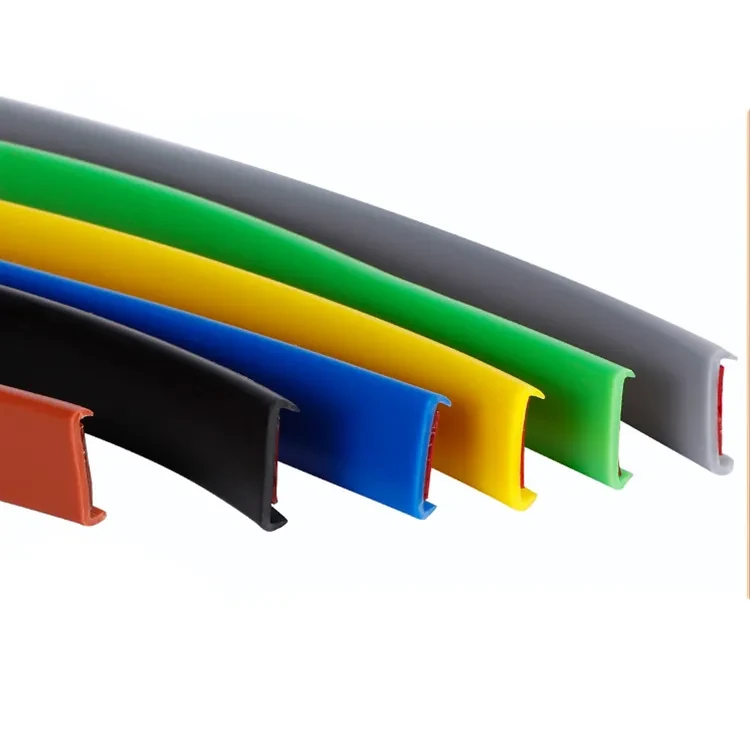prevent cold air under door
Preventing Cold Air from Sneaking Under Your Door
As winter approaches, the chill in the air can become quite uncomfortable. One of the most common sources of cold drafts in our homes is the gaps underneath doors. These openings not only let in cold air, but they can also allow heating to escape, leading to increased energy bills. Fortunately, there are a variety of effective strategies to seal these gaps and maintain a warm, cozy environment.
Understanding the Issues
The first step in preventing cold air from sneaking in under your door is to understand why gaps exist in the first place. Most doors are installed with a slight gap at the bottom to allow for natural expansion and contraction due to temperature changes, as well as to accommodate cleaning and other activities. However, if these gaps are too wide, they can result in significant drafts. Furthermore, old or poorly insulated doors are often more prone to such issues.
Simple Solutions
1. Weatherstripping One of the simplest and most economical solutions is to install weatherstripping. This material can be applied along the bottom of the door frame to create a tighter seal against the floor. Options include adhesive-backed foam tape, V-strip, or even tubular seals. Weatherstripping is available at most home improvement stores and is easy to install, making it a quick fix.
2. Door Sweeps Another effective method is to attach a door sweep. This is a long strip, usually made of rubber or a similar material, that is fixed to the bottom of the door. A well-fitted door sweep can drastically reduce the amount of cold air that enters, while also preventing drafts when closing the door. Door sweeps come in various sizes and styles, allowing for flexibility based on your door’s specific needs.
3. Draft Stoppers For a more temporary solution, consider using draft stoppers or draft snakes. These are fabric tubes filled with insulation or other materials and can simply be placed at the base of the door to block drafts. They are easy to move and can be an attractive addition to your home décor.
prevent cold air under door

Long-Term Solutions
For those looking for more permanent solutions, consider investing in a new door or upgrading your existing one. Exterior and interior doors come in various materials, with options like fiberglass or steel providing better insulation than traditional wooden doors. Ensure that any new door is properly installed to reduce gaps.
Additionally, reviewing your entryway might be beneficial. Installing a threshold plate that sits at the base of the door can help improve the seal between the door and the floor. This plate can be adjusted to create a tighter fit, making it even easier to block out cold air.
Enhancing Your Home’s Energy Efficiency
Reducing drafts under doors not only enhances comfort but also contributes to greater energy efficiency in your home. By eliminating cold air infiltration, you can maintain a consistent indoor temperature, which helps reduce reliance on heating systems, thereby lowering energy costs.
Furthermore, it's vital to regularly inspect your doors and windows throughout the winter. Seasonal checks can prevent minor issues from escalating into significant problems. Ensure that all seals are intact, and replace any weatherstripping or door sweeps that have worn out over time.
Conclusion
Keeping cold air from sneaking under your door is essential for maintaining a warm and energy-efficient home during the winter months. By employing simple solutions like weatherstripping and door sweeps, and considering longer-term investments, homeowners can ensure that their living spaces remain comfortable. Don’t let a small gap lead to a big chill—take action today to seal the warmth in!
-
Under Door Draught Stopper: Essential ProtectionNewsJul.31,2025
-
Garage Door Seal and Weatherstrips for ProtectionNewsJul.31,2025
-
Edge Banding Tape for Perfect EdgesNewsJul.31,2025
-
Table Corner Guards and Wall Corner ProtectorsNewsJul.31,2025
-
Stair Nose Edging Trim and Tile Stair SolutionsNewsJul.31,2025
-
Truck Bed Rubber Mats for Pickup BedsNewsJul.31,2025
-
Window Weather Stripping for Noise ReductionNewsJul.29,2025